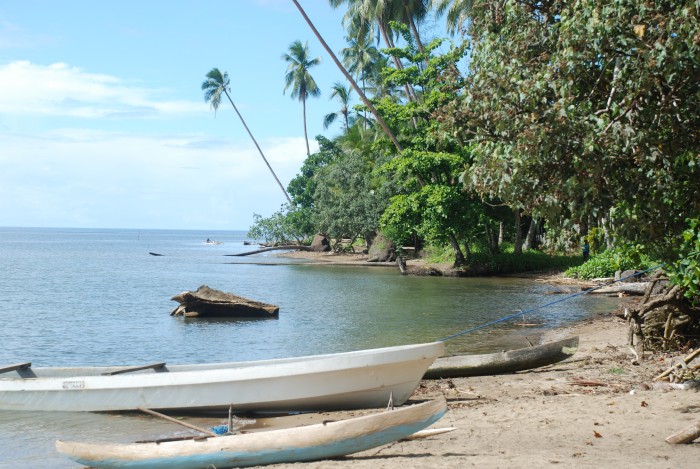Ranguva Solwara Skul, Kaselok Village, New Ireland Province, Papua New Guinea
Participants: Sekunda Aini, Michael Tarere, Ambrose Kolmaris, Hagar Boskuru, Bernard Miller Silakau, Wilson Tonias, GomanMatas
On 13 December 2015, the authors and participants gathered at the headquarters of Ailan Awareness, a locally owned environmental NGO in New Ireland Province, Papua New Guinea, to talk about climate change. Eight of the nine of us reside in Lovongai Village in the nearby island of New Hanover. The majority of our conversation was focused on changes that were occurring in that particular village, with useful comparisons being made to “mainland” New Ireland. This was, in part, a local response to the United Nations Climate Change Conference (COP21) held in Paris earlier in the month.
Read More “A Conversation on Climate Change in the Papua New Guinea Islands”
